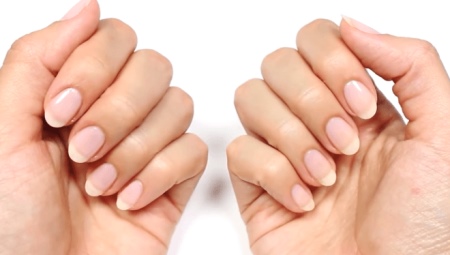Laminated nails are a serious problem for many, because they look ugly and untidy. This article will tell you more about the causes, treatment and prevention of nail exfoliation.
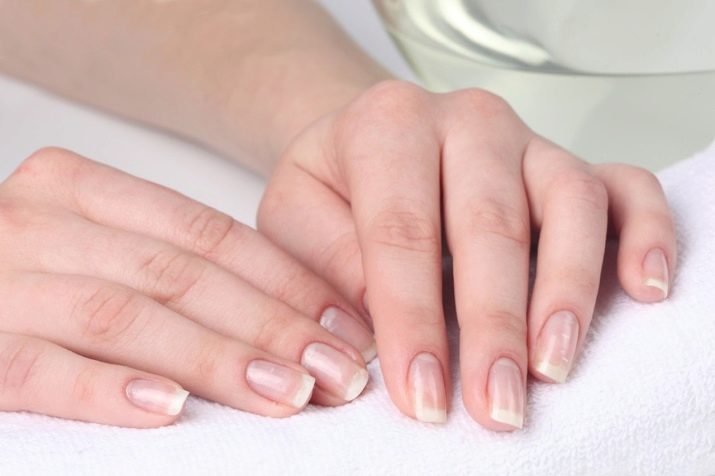
How does the nail work?
The structure of the nail plate is quite complex. So, from below, each nail plate is covered with a small skin fold. It is called a roller or cuticle. This part of the nail is very important. The cuticle protects the nail from the penetration of various pathogenic microorganisms. If the integrity of the cuticle for some reason is violated, then this leads to the development of a number of pathological conditions.
The cuticle is represented by epithelial cells. They grow, and then as they age they simply peel off. If this part of the nail is not given proper attention, then as the epithelial cells are renewed, a number of problems may appear - for example, excessive cuticle dryness. This condition often leads to the fact that the skin roller begins to cling to clothes and get injured, which inevitably leads to the appearance of barbs.
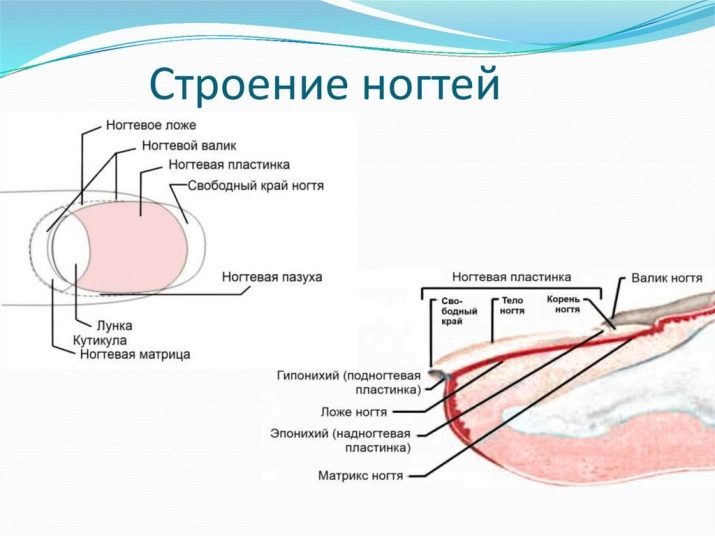
The nail plate is conventionally divided into several zones. So, the body and root of the nail plate are isolated. The root, in fact, refers to the back of the nail, which is "hidden" under the skin roller. If the nail is not damaged, then to see its root with the naked eye will not work completely. The only visible part of this zone is the white moon roll. On healthy nails, it looks like a whitish strip resembling a half of the full moon. This part of the nail plate is called a lunula.
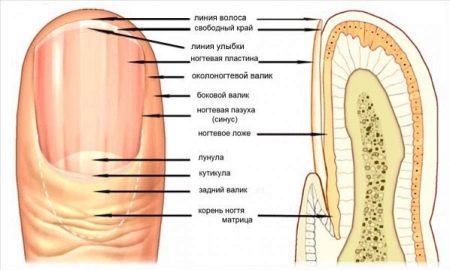
The root of the nail is a very important area. It is no coincidence that nature is conceived so that it is closed from external influences by a skin roller. Such an important area is also called a matrix. The cells that form it actively divide and develop. It is from this part that the whole nail grows. If the matrix is damaged for some reason, then the full growth of the nail plate does not occur. The structure of this part of the nail bed is quite complex. Actively dividing cellular elements are called onychoblasts. They, through biological transformation, turn into epithelial horn cells, which form the main part of the nail plate.
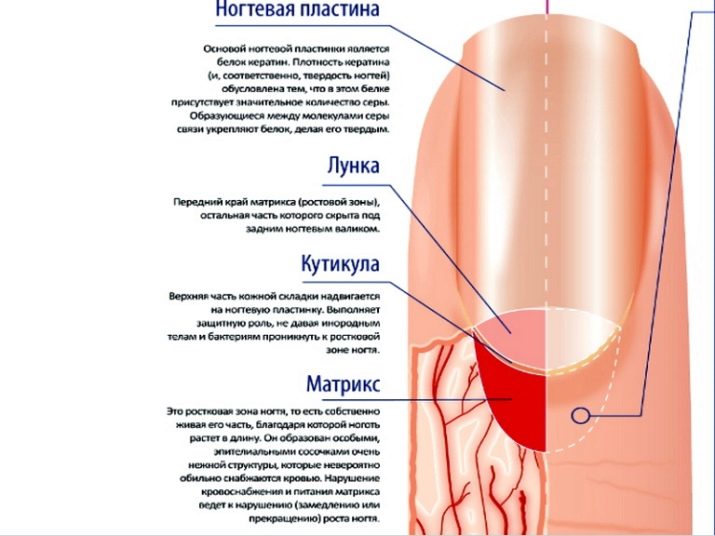
The visible part of the nail plate has a complex structure, its chemical composition is also complicated. Interestingly, the strength of this part of the nail is provided by special proteins, the most important of which is keratin. Many people have heard about the existence of such a substance mainly from the media and various advertising. Typically, manufacturers of cosmetic and body care products add keratin to various shampoos and conditioners. However, without this substance, normal nail strength is also impossible.
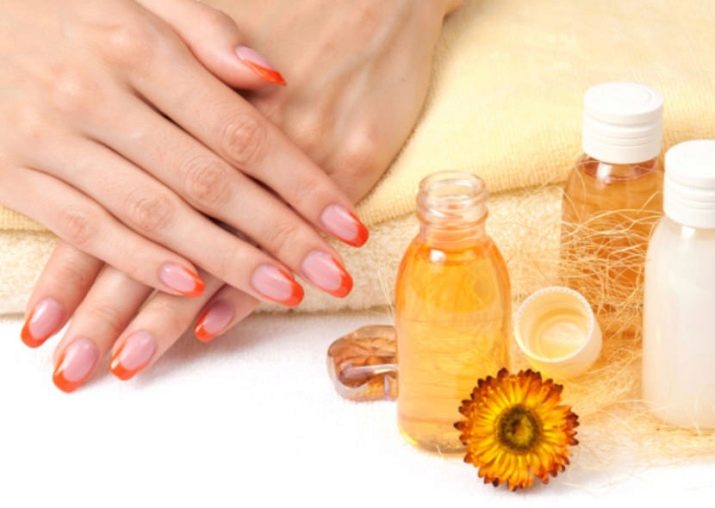
The molecular structure of keratin is very complex. In the formation of each molecule of such a “building” protein, sulfur micromolecules are involved. They are interconnected through special chemical bonds, providing a unique structure of keratin. This structural feature makes it clear that any disturbances in mineral metabolism, especially those associated with insufficient intake of a number of amino acids containing sulfur atoms, can lead to problems with the strength of nails.
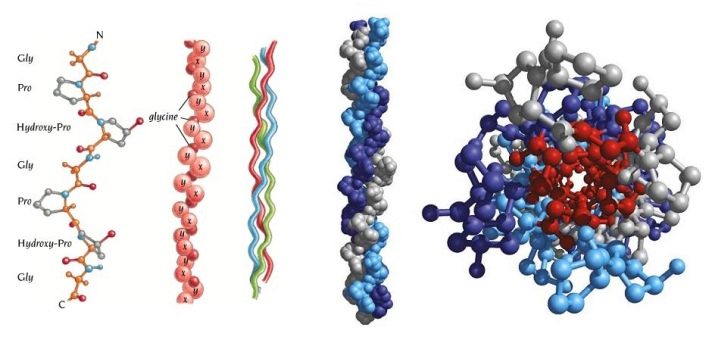
It is worth noting that even heredity affects the quality of the structure of this protein. Modern scientists are still continuing their experiments, which should identify specific genes that are responsible for the individual structural features of keratin. However, it is already becoming clear that heredity strongly influences the construction of this “building” protein. This factor can explain the fact that someone’s nails almost never break, and someone, even using numerous cosmetic products for nail care, can’t restore the strength of the plates.
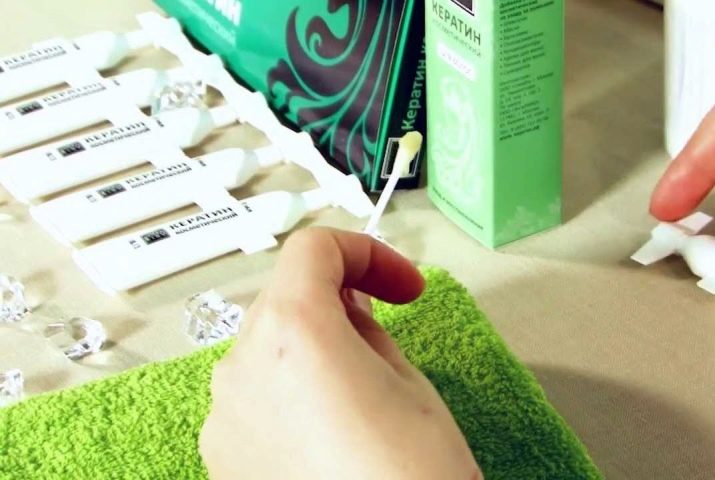
In addition to protein components, other elements, for example, lipids, are present in the nail plate. These substances give the nails their specific shine. If for some reason the amount of fatty components in the nail plates decreases, then this leads to the fact that their appearance also changes. So, they become less shiny and look ugly. Nail plates are well supplied with blood. In the nail bed, which is represented by connective tissue, there are many blood vessels. They provide blood supply to the germinal zone of the nail. If there is enough blood, then the nails grow well and look attractive.
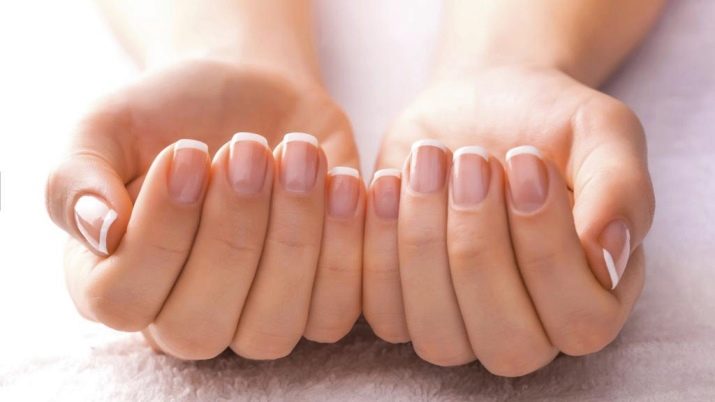
The nail plate consists of many epithelial cells located in layers. If the cell layers are not broken, then the nail remains intact. In this case, the density of the cell layers can be different. So, in some people the nails look quite dense, in others they are thin and often break. Nail plates are quite resistant to various influences. For example, if they are not damaged, then various chemical components practically do not affect them. Some people clean their homes while keeping their nails healthy and shiny. In others, even when washing dishes with gloves, the nail plates begin to exfoliate strongly.
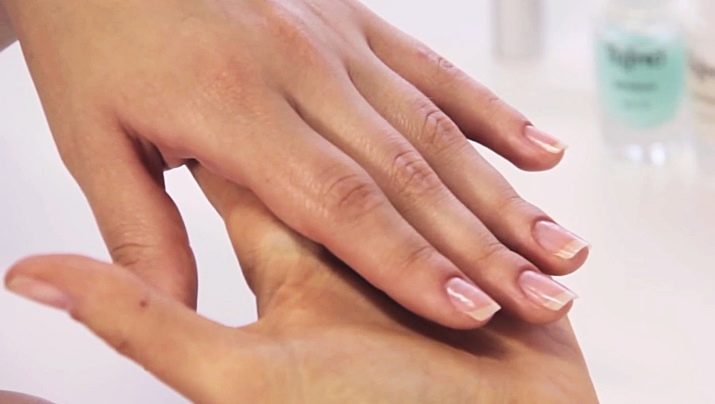
Each nail ends with a free edge. It is with this anatomical zone that manicure masters work. In this part of the nail there are no nerve endings or blood vessels, therefore any mechanical treatment is not accompanied by bleeding and any painful sensations.
Another anatomical area of the nail are the sinuses. You should not forget about them when carrying out manicure. If you injure this part of the nail, then you can encounter various problems in the future. The sinuses are located between the nail plate and the skin roller (cuticle). This area needs to be cleaned only with clean, disinfected tools. An inaccurate treatment can bring an infection into the sinus, which will lead to suppuration in the future.
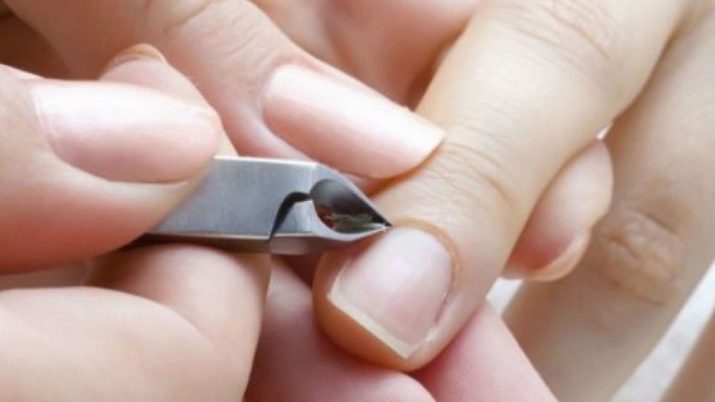
Characteristics of exfoliating nails
Flaking nails can be due to a variety of reasons. The degree of delamination also varies. With minimal damage to the nail plates, the appearance of the nails does not change much. Mostly they look healthy, but grow quite slowly. In this case, only the free edge of the nail plate breaks, as a rule. If the nails are very stratified, then they look already untidy. Many women try to mask this problem by painting their nails with decorative varnish. However, in such a situation, it is better to use not a decorative product, but a therapeutic agent. In this case, it is imperative to determine the cause of developing disorders and conduct comprehensive treatment.
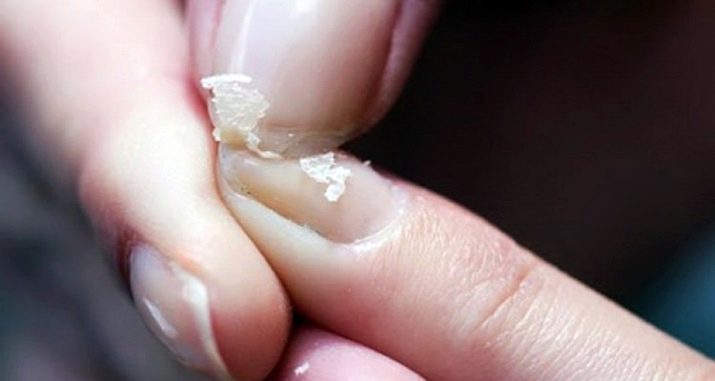
Nails exfoliate not only on the hands, but also on the legs. Dermatologists note that most often the big toe crumbles. There can be many reasons for such changes - from traumatic to fungal infection. In this case, the damage, as a rule, comes from the nail bed itself. This condition requires a careful approach, as well as the mandatory determination of the reasons that contributed to exfoliation.
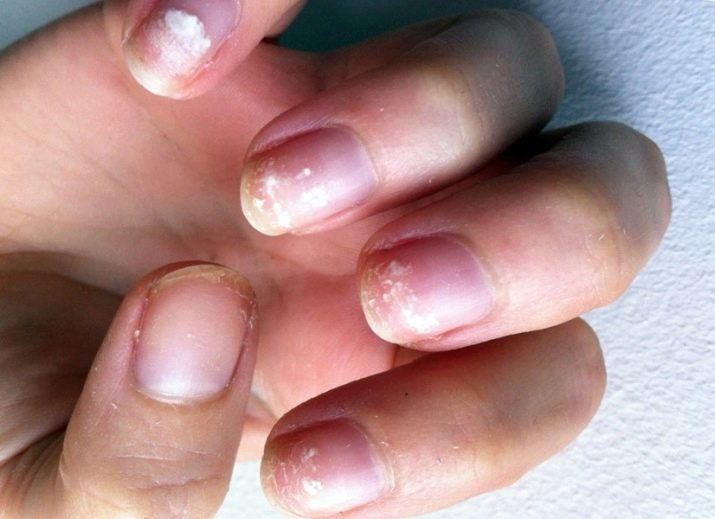
Causes
Separation of nails can occur for a variety of reasons. Interestingly, this problem can be encountered at different ages. So, the nails sometimes exfoliate strongly in a child, the same misfortune is found in mature and even elderly people. Many say that nails exfoliate only if the body lacks certain minerals. However, this is not quite true. The lack of mineral intake is only one of the possible reasons that can provoke this violation. However, numerous other factors lead to the appearance of delamination of the nail plates.

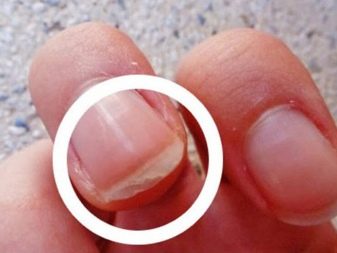
In order to determine the cause of the development of such a violation, it is worth first of all to evaluate the age. For example, in a child and an adult, the causes of development of the problem may vary.
The child has
Exfoliation of nails may appear at an early age. So, marigolds sometimes exfoliate even in infants. Children's doctors note that this condition is often registered in babies at 2-3 years old. Moreover, experts say that the causes of such a violation are usually internal, that is, associated with some changes in the functioning of the child’s body.
Eugene Komarovsky, a popular children's doctor, notes that each baby has its own individual characteristics, and it is necessary to identify the problem of delamination of nails strictly individually. In children under three years of age, iron deficiency anemia often leads to nail foliation. This pathology is characterized by a decrease in hemoglobin and / or red blood cells in the blood. This pathological condition occurs due to the fact that the child's body is deficient in iron.
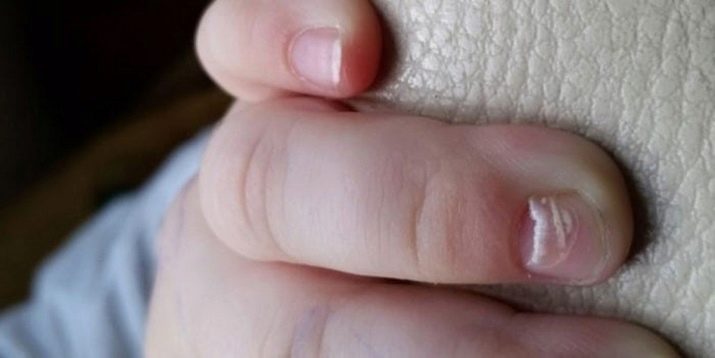
Unbalanced nutrition is another of the factors that can lead to the development of this pathology. So, if the baby does not eat enough vegetables and fruits, then he does not get the amount of minerals his body needs. Inadequate intake of calcium, chromium or zinc can lead to the development of mineral disorders leading to increased fragility of nails. In children who attend educational institutions, the causes of increased nail foliation are often associated with various skin diseases. At this age, the appearance of such a problem can lead to:
- eczema;
- psoriasis;
- fungal infection;
- congenital epidermolysis.
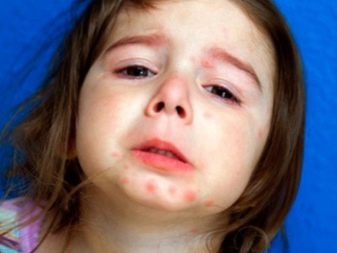
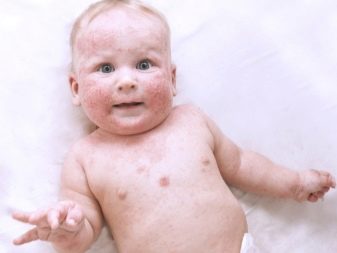
In adolescence, the appearance of a strong foliation of nails can contribute to dishormonal disorders. During puberty, the body changes the balance of sex hormones. Such changes lead to the fact that a teenager has various symptoms - for example, increased oily skin, brittle nails or seborrhea of the scalp. As a rule, such adverse symptoms disappear after the child gets older and “grows up” from adolescence.

Even psychological reasons can lead to increased fragility of nails. Doctors say that people who can not tolerate various stresses and are prone to neurosis usually face this problem. However, this problem is often found in various depressive disorders.
Another pathology that is often found in babies is onychophagia. This condition is characterized by the fact that the child, nervous, begins to bite her nails. Interestingly, this habit is quite persistent. If a psychologist did not work with the baby in childhood, then the habit of biting his nails can remain for the rest of his life. Moreover, it manifests itself, as a rule, involuntarily. So, if a person with onychophagia experiences stress, then he uncontrollably begins to bite the nail rollers. Usually such people walk with burrs, and their hands look untidy.


Another bad habit, which can manifest itself already from childhood, is a strong tapping with nails on hard objects. Usually such a desire appears in people at a time when they are very nervous. If you notice this for your child, then in this case you need to talk with him, and if necessary, show it to a psychologist. In this case, a quality specialist consultation is necessary, as well as the necessary psychotherapy, so that this habit does not take root and does not become permanent.
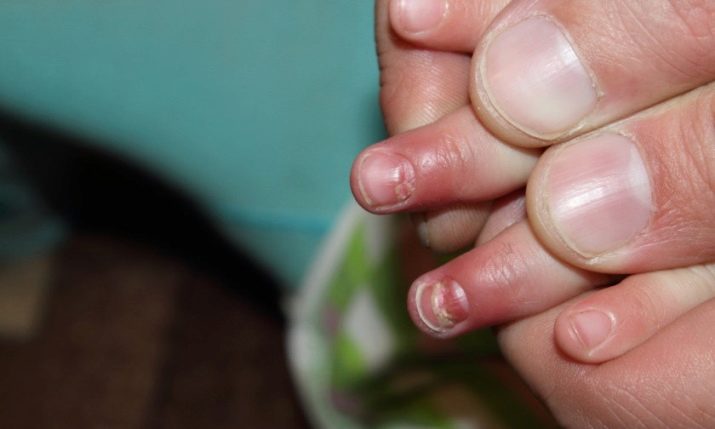
Among women
The fair sex wants to look great at any age. Nails - a kind of "calling card" of any lady. If the hands are groomed, then this certainly adds charm, and even enhances self-esteem. Thus, if the nail plates begin to break down and crumble strongly, this causes psychological discomfort. There may be several reasons for this. Quite often, external influences lead to delamination of the nail plates:
- household chemicals;
- water, especially hot;
- alkaline substances;
- soap containing chemical dyes and other additives.
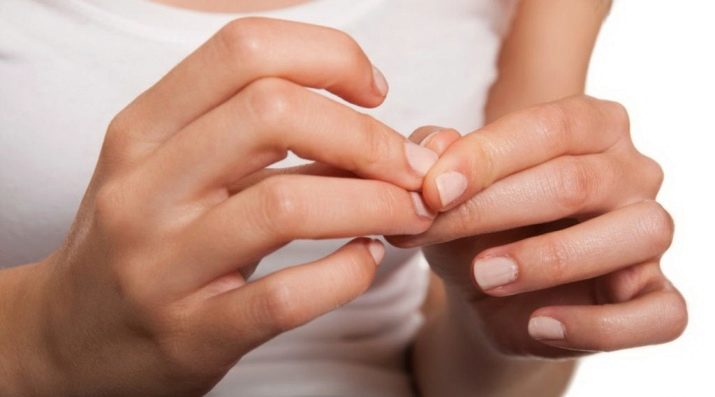
Nails can also peel due to manicure using decorative varnishes containing hazardous chemical components. So, formaldehyde, which is often added to varnishes, especially cheap ones, can lead to strong delamination of the nail plates.
The problem of stratification of nails can be promoted even by frequent extensions. During this procedure, not only is a strong mechanical treatment of the nail plate, but also various chemicals are used, including coatings. In women, who often build up nails, the nail plates begin to exfoliate even after removing the artificial nails. The reason for this is a violation of the technology for removing extended elements.
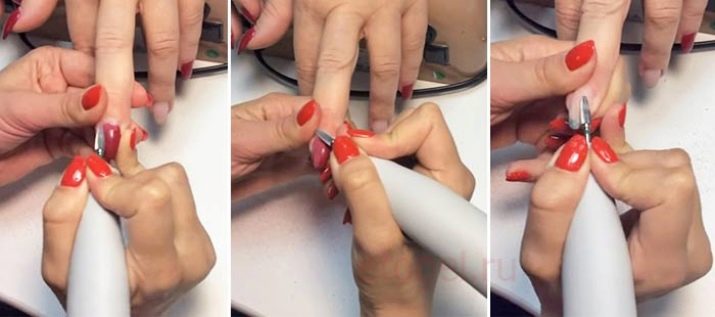
The use of fluids containing acetone can also cause delamination of the nails. If you use such a tool to remove decorative varnishes too often, this can lead to the fact that the nail plates will be overdried. Acetone is a substance that can change the chemical composition of the nail. If a woman has severely broken nails, then it is better to refuse to use such a remedy.
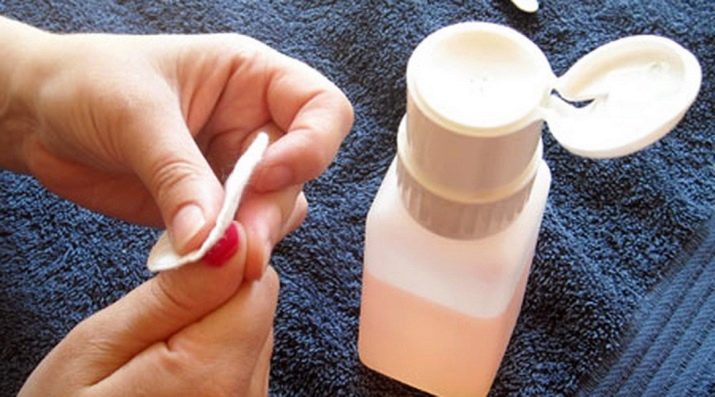
The temperature additionally affects the nails. Low temperature makes nails very flaky. Usually the problem of delamination of nails appears in women who do not wear gloves in the cold.Also, the appearance of this problem can lead to being in too dry air. The nail plates contain a certain amount of water, and too dry air can contribute to the drying of the nails, which leads to the fact that they begin to crumble strongly.
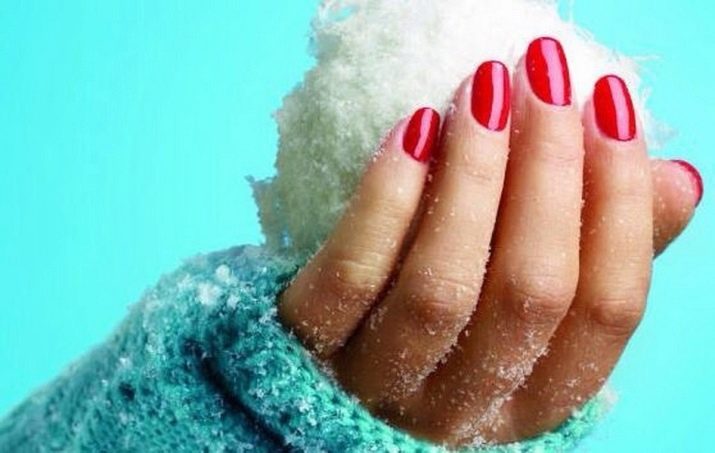
Mechanical external causes are an additional group of factors providing strong delamination. A poorly performed manicure or pedicure may well cause this problem. In addition, any traumatic damage can lead to severe lamination. A special group consists of pathological conditions that were triggered by traumatic damage to blood vessels.
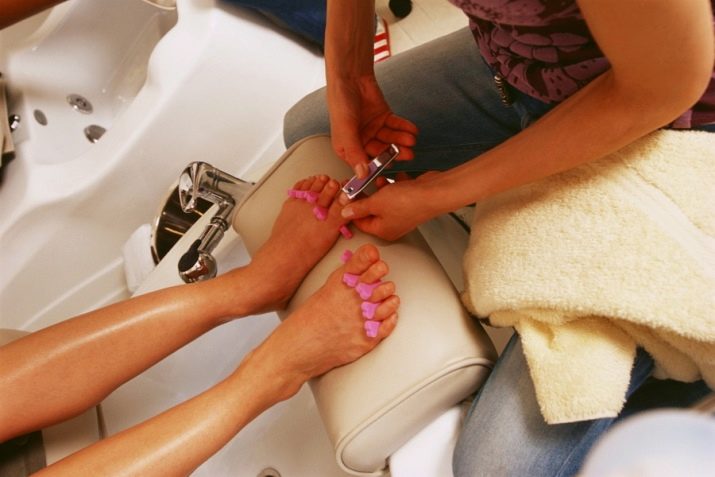
Internal causes can also cause problems of delamination of the nails. So, nails often exfoliate in women experiencing hormonal imbalances. Thyroid pathologies also contribute. Also, chronic ovarian diseases occurring with the development of hormone imbalance can lead to severe nail foliation. In many cases, problems with breaking nails occur during pregnancy.
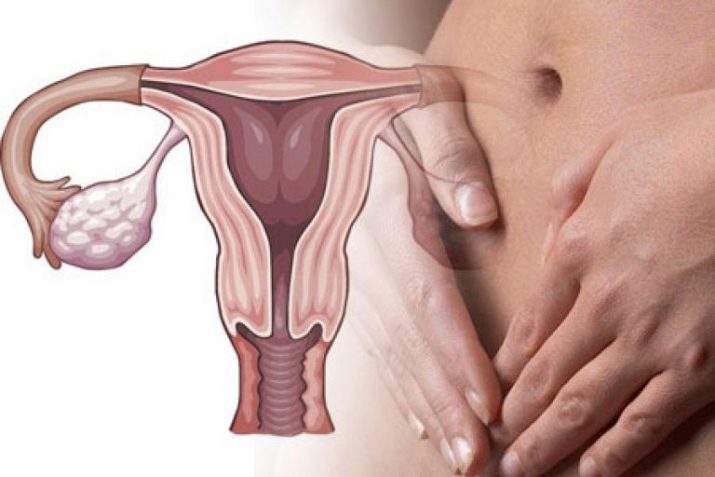
Treatment
Before conducting therapy for exfoliating nails, you need to determine the cause of its development. To do this, be sure to contact a specialist. It is better that the primary physician conduct a consultation. The doctor will examine the damaged nails and draw up a plan of necessary examinations. After such a comprehensive examination, the doctor will determine which specialists are required to visit.
If the reason for the strong foliation of the nails was caused by digestive problems or mineral disorders, then in this case you will need to consult a gastroenterologist. If the reason lies in hormonal disorders, you will be sent to an endocrinologist. Parents of babies with a problem of strong exfoliation of nails need to pay a visit to the pediatrician and pediatric dermatologist. These specialists can determine the cause of this violation, and therefore, it will be much easier to conduct its therapy.
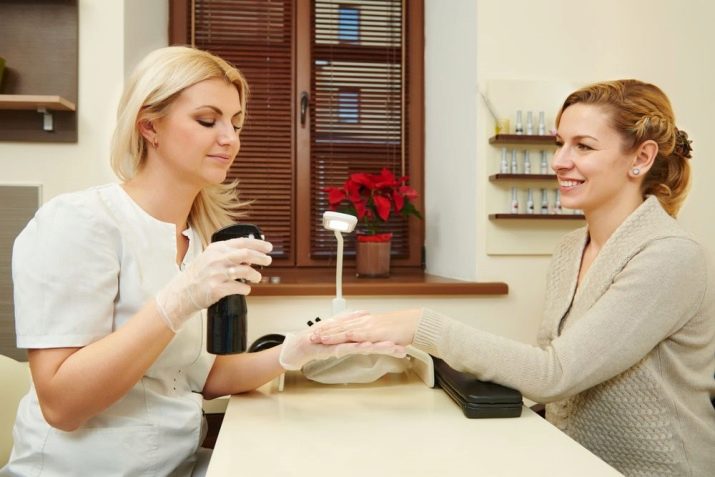
Different nails can be treated differently. For this, both pharmaceutical preparations and traditional medicine are used. The treatment should be comprehensive, and in some cases quite long. At the same time, doctors recommend conducting complex therapy, as this will achieve a significant result.
Preventative measures
The beauty of nails depends on basic care for them. Dermatologists note that preventing the problem of pathological fragility of the nail plates is much easier than subsequently treating it. That is why they recommend to follow some preventive recommendations.
- When cleaning the house or washing dishes, special protective gloves should be used.
- Carry out hygienic manicure should only be pre-disinfected tools. If such processing is carried out outside the home, then it must be performed by a competent, experienced specialist who has undergone appropriate training and has sufficient work experience.
- It is very important to monitor nutrition. The diet must necessarily contain various sources of food nutrients, as well as mineral compounds and vitamins that are important for the body. Any diet should be balanced and take into account the individual characteristics of the body.
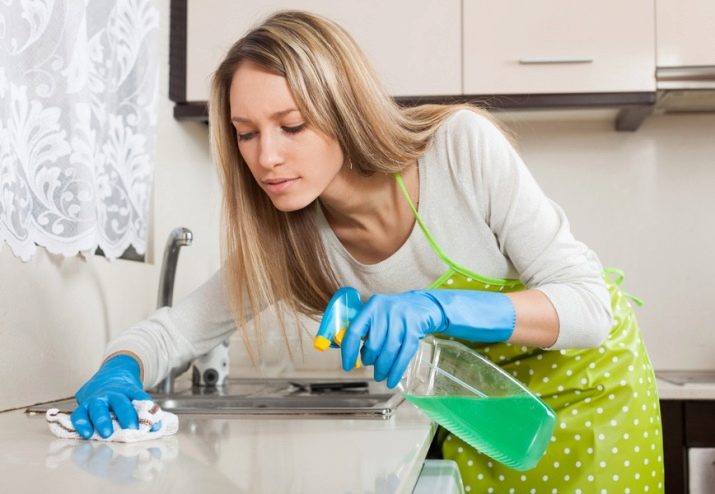
For how to cure exfoliating nails, see the next video.
